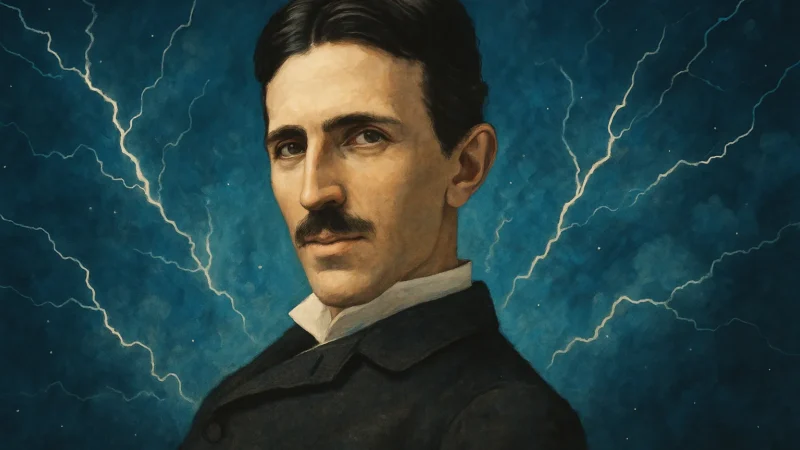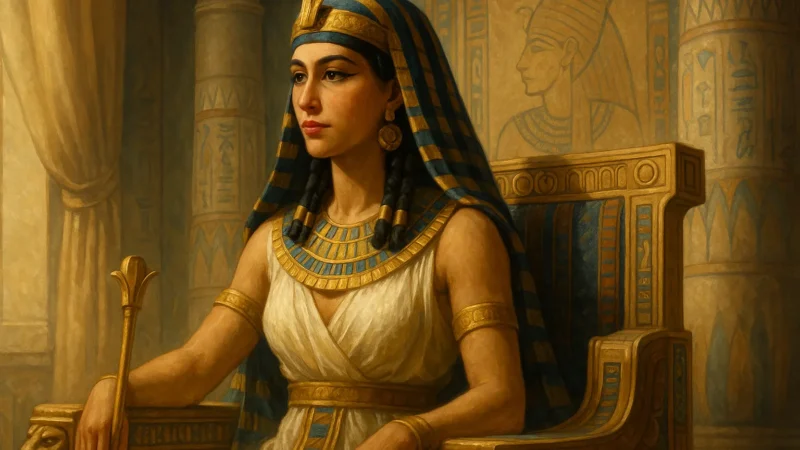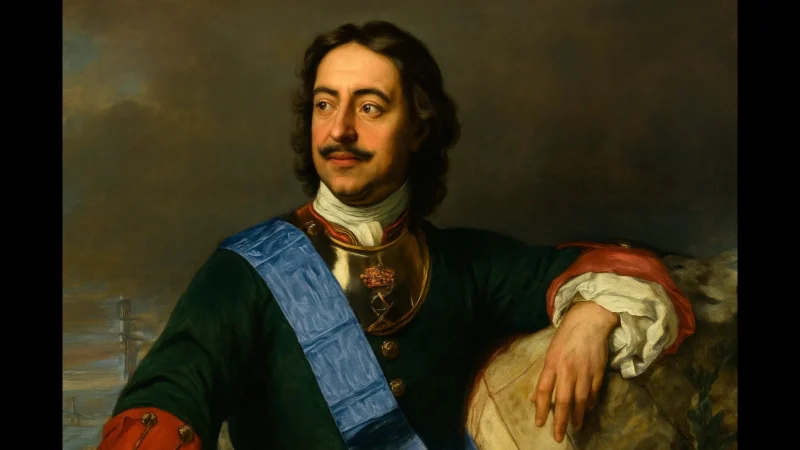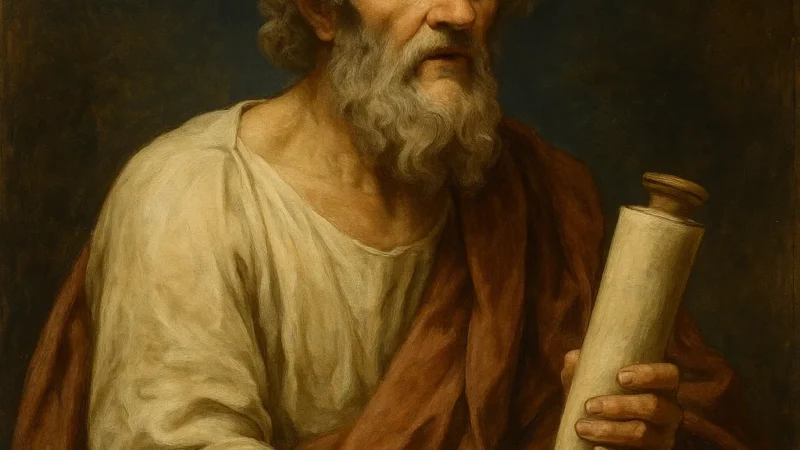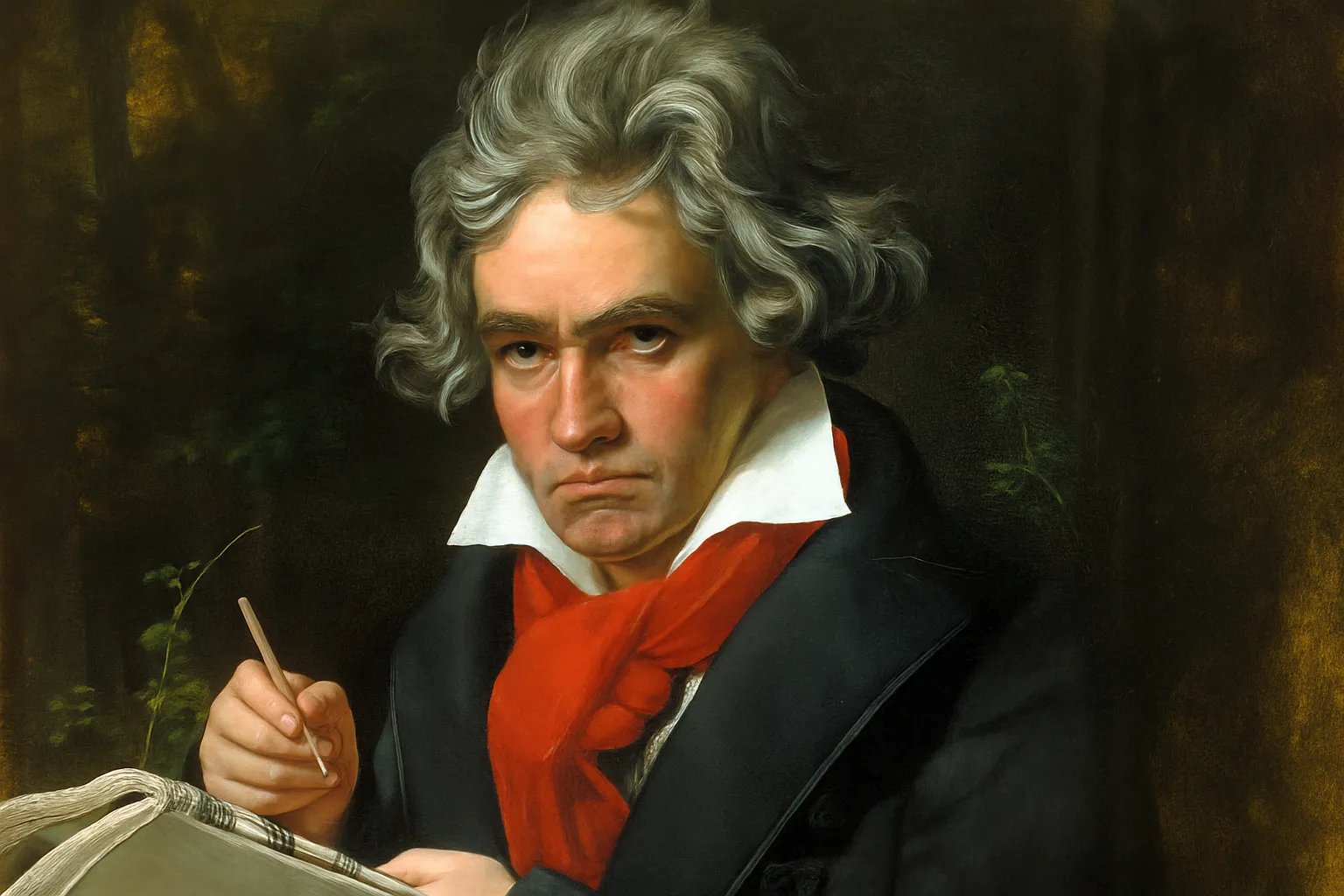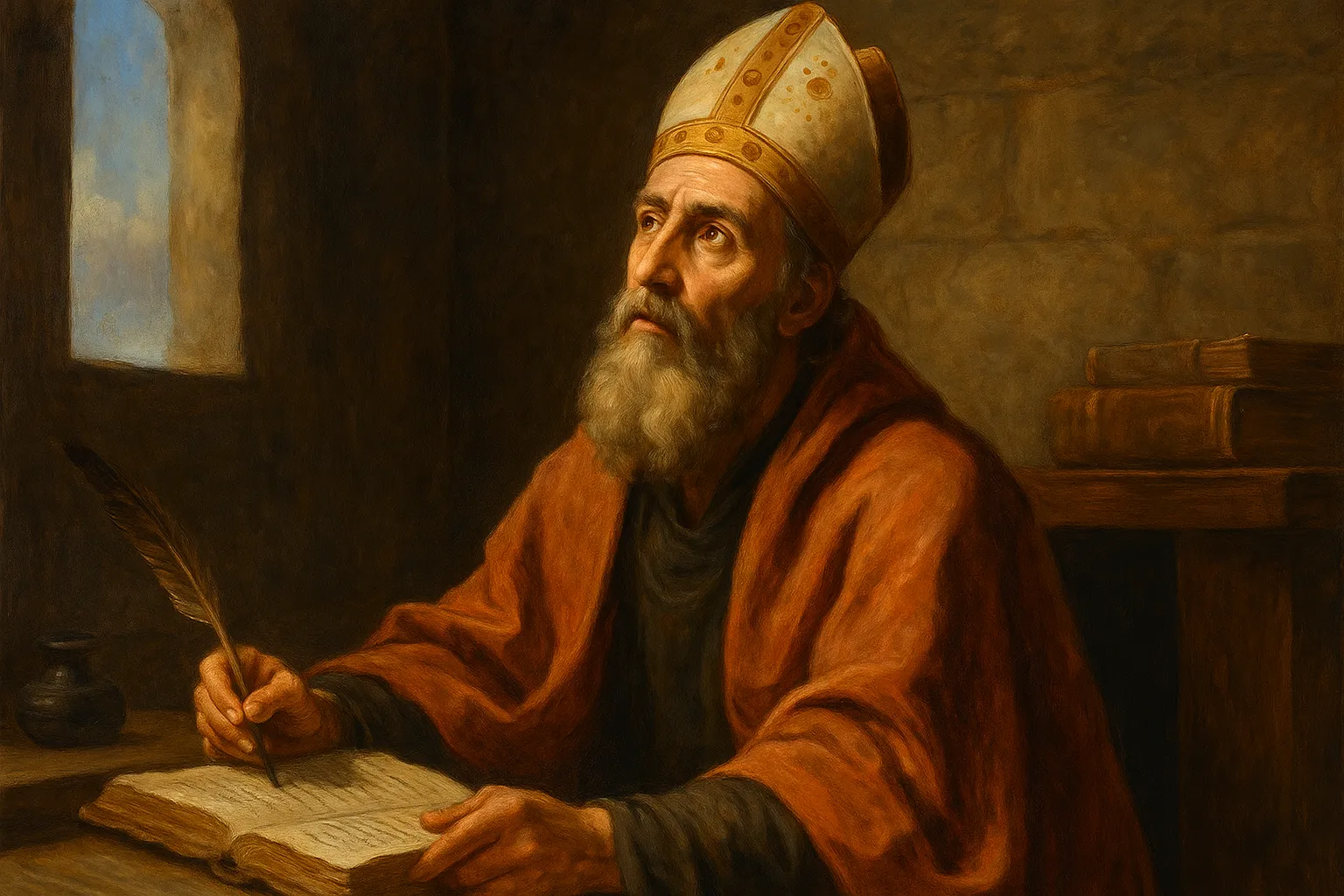Thomas Edison The Man Who Turned Darkness Into Light
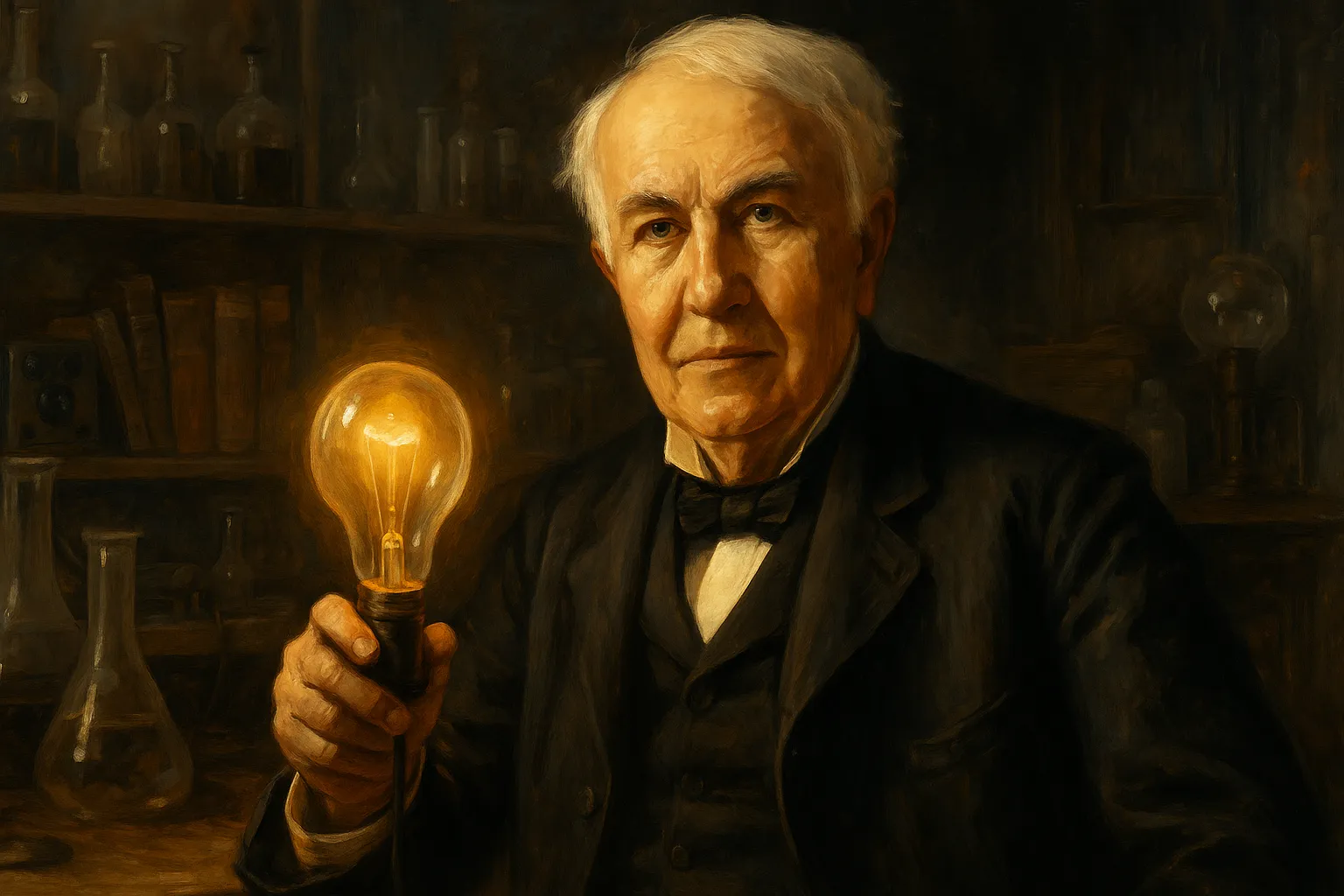
At a time when the world was still lit by gas lamps, one man not only dreamed of an electrified future—he made it real. Thomas Alva Edison, known as the “Wizard of Menlo Park,” was far more than a prolific inventor. He embodied American ingenuity and became a pioneer who revolutionized how we work, communicate, listen to music, and light up our nights.
He registered over 1,000 patents in his lifetime, but Edison’s true legacy goes beyond numbers. He was the embodiment of modern perseverance, a man who failed countless times and never stopped trying. This is the story of someone who didn’t just witness change—he created it.
A curious boy who didn’t fit in at school
Thomas Edison was born on February 11, 1847, in Milan, Ohio. He was the seventh and youngest child in a modest family. From a young age, he displayed boundless curiosity and a restless spirit. He didn’t conform to traditional schooling—he asked too many questions, got distracted, and challenged authority. After only a few months in school, a teacher labeled him “mentally slow.”
But his mother, Nancy Edison, a former schoolteacher, refused to accept that judgment. She chose to homeschool him and nurtured his love for reading, experimentation, and science. Thanks to her, Edison learned that knowledge didn’t have to come from classrooms and that imagination wasn’t a flaw, but a gift.
Among telegraphs and trains the spark began
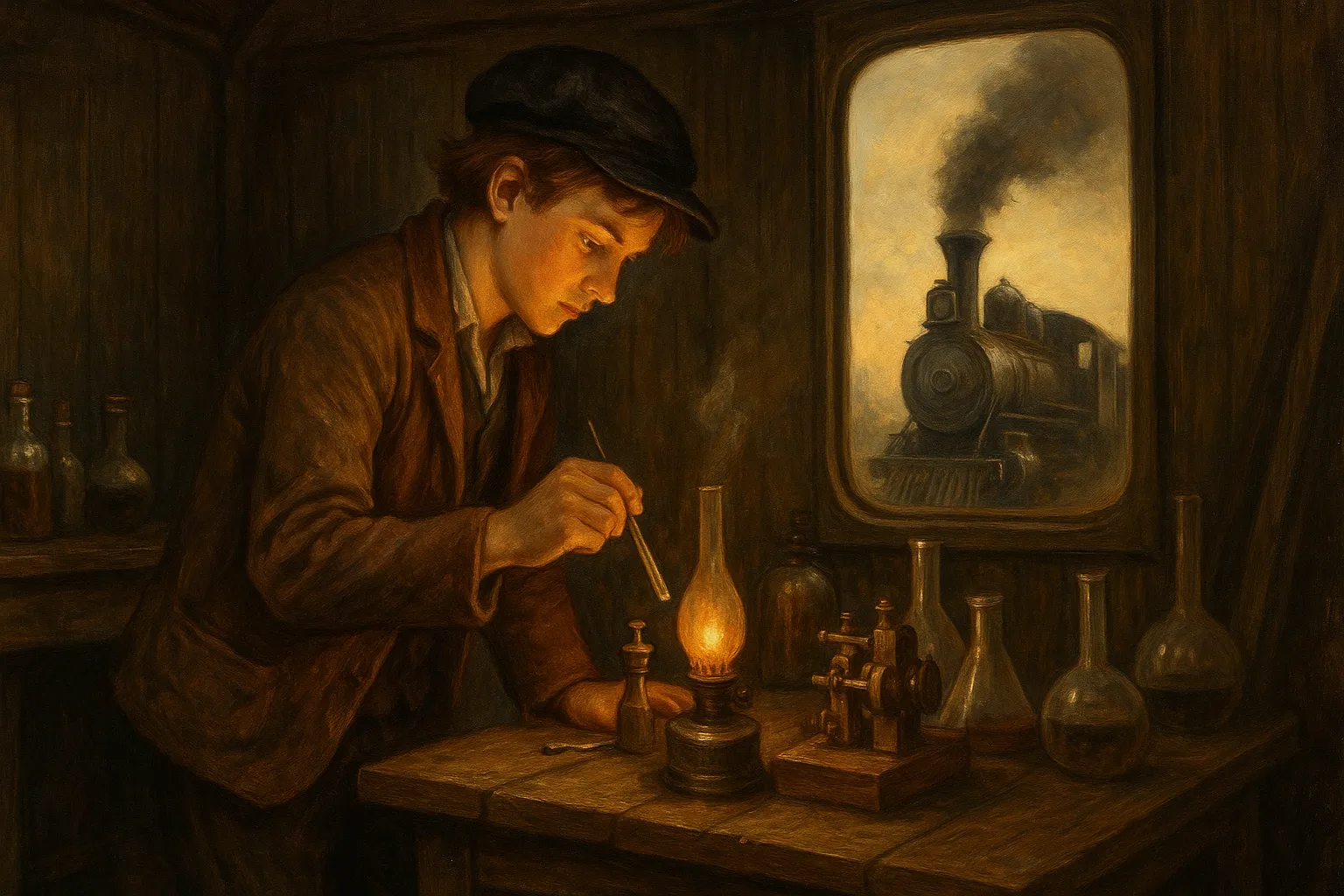
At just 12 years old, Edison started working as a newspaper vendor on the Grand Trunk Railroad. In his spare time, he read science books and carried out experiments in a train car he converted into a lab.
A defining moment came when he saved a child from being struck by a train. In gratitude, the boy’s father—a telegraph operator—taught Edison the basics of telegraphy. That skill opened doors for him into the world of electrical communication, laying the groundwork for many of his future inventions.
The birth of a tireless inventor
During his teenage years, Edison worked as a telegraph operator in various cities, refining his technical skills and observing flaws in existing technologies. He began creating improvements and solutions.
In 1869, at the age of 22, he moved to New York City. His first commercial success came with the Universal Stock Ticker, a device that could transmit real-time stock quotes. That invention earned him his first significant profit and allowed him to open his own laboratory.
First in Newark and later in Menlo Park, New Jersey, Edison built a workspace that would become the world’s first modern research and development laboratory—a factory of innovation.
The phonograph and the voice captured in a machine
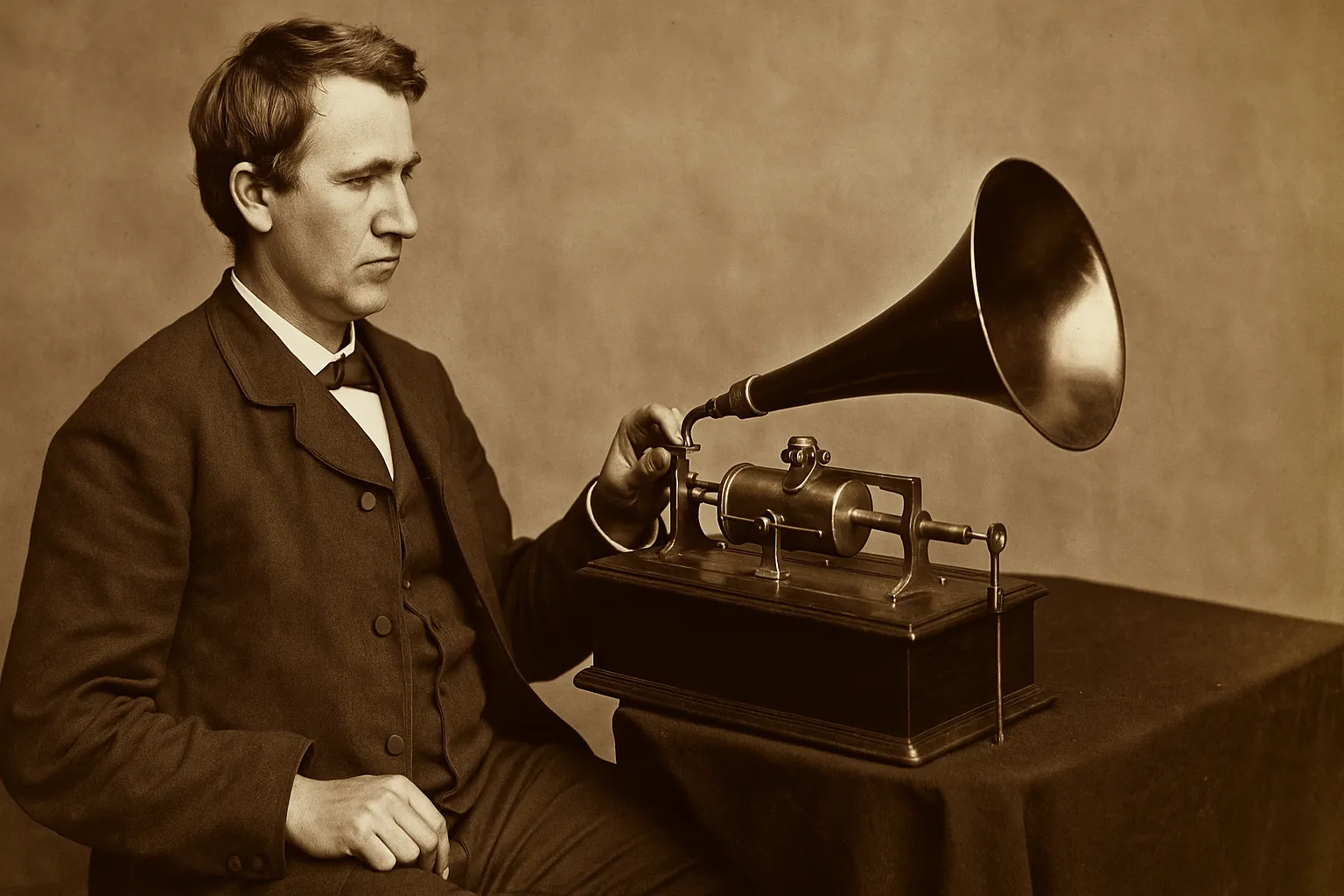
In 1877, Edison introduced the phonograph, the first device capable of recording and reproducing sound. For the first time in history, human voices could be captured and played back.
News of the invention caused shock and skepticism. Some newspapers thought it was a hoax or magic trick. But Edison demonstrated it was real. He had found a way to give memory to sound—an achievement as monumental as Gutenberg’s printing press.
The phonograph would eventually give rise to the music industry and the entire world of recorded sound. Though initially used for commercial purposes, Edison foresaw its broader potential. And he didn’t stop there.
The electric light bulb and the conquest of night
Edison’s most iconic invention came in 1879, after more than a thousand failed attempts. While he was not the first to create an electric light, he was the one who developed a model that was efficient, long-lasting, and commercially viable—the incandescent light bulb.
Even more transformative than the bulb itself was his vision of a complete electrical system. Edison designed the entire process of generation, distribution, and application of electricity, laying the foundation for the modern world.
In 1882, he launched the first public electric grid in New York City. Night was no longer synonymous with darkness, and cities began to glow. Electricity had moved from laboratories to daily life.
Edison and Tesla a rivalry that electrified the world
During the infamous “War of the Currents,” Edison championed direct current (DC), while Nikola Tesla and George Westinghouse promoted alternating current (AC), which was more efficient for long-distance transmission.
Edison launched an aggressive campaign to discredit AC, including public demonstrations involving the electrocution of animals. Ultimately, Tesla’s AC system prevailed, but Edison didn’t disappear from the spotlight.
The rivalry wasn’t just technical—it reflected clashing ideologies, egos, and business interests. Edison was the pragmatic entrepreneur, while Tesla was the visionary idealist. Both shaped the course of electrical history.
Lights, cinema, and recordings an empire of ideas
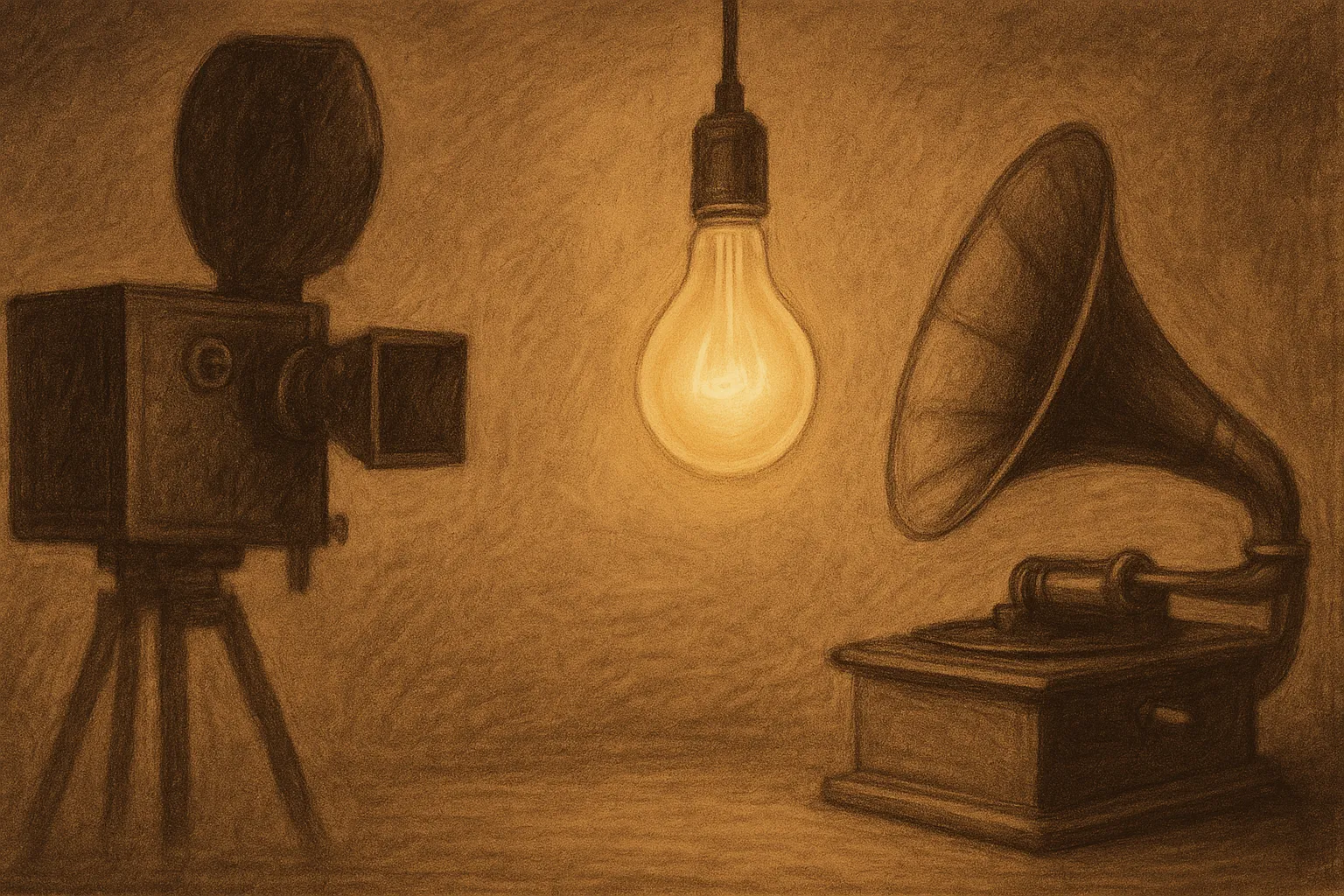
Beyond the phonograph and the light bulb, Edison ventured into the world of motion pictures. He developed the kinetoscope, an early device for viewing moving images. He even founded one of the first film studios, Black Maria, where the first commercial films were shot.
He also worked on batteries, cement, electric motors, and hundreds of other technologies that gradually built the modern age.
Edison wasn’t a lone genius. He led teams of engineers and technicians and excelled at organizing, patenting, and marketing inventions. His ability to connect science with business was one of his greatest strengths.
The darker side of the Menlo Park genius
Edison’s life wasn’t without controversy. He was accused of taking credit for others’ work, practicing unfair competition, and stalling the development of rival technologies.
He also had a complex relationship with his employees—demanding, obsessive, and sometimes dismissive. His commercial success often overshadowed the collective efforts of his collaborators.
In his personal life, Edison faced hardship. He lost his first wife, Mary Stilwell, and had strained relationships with some of his children. His work consumed much of his time and emotional energy.
A legacy that goes far beyond patents
Thomas Edison died on October 18, 1931, in West Orange, New Jersey, at the age of 84. His death was mourned as a national loss. Cities across America dimmed their lights for one minute in tribute.
Edison’s legacy is not just measured in inventions. He changed the relationship between science, technology, and everyday life. He pioneered the model of the inventor-entrepreneur, a figure echoed today by innovators like Steve Jobs and Elon Musk.
He taught the world that genius is not a lightning bolt from the heavens, but the result of relentless effort, constant learning, and resilience.
A final thought for the modern era
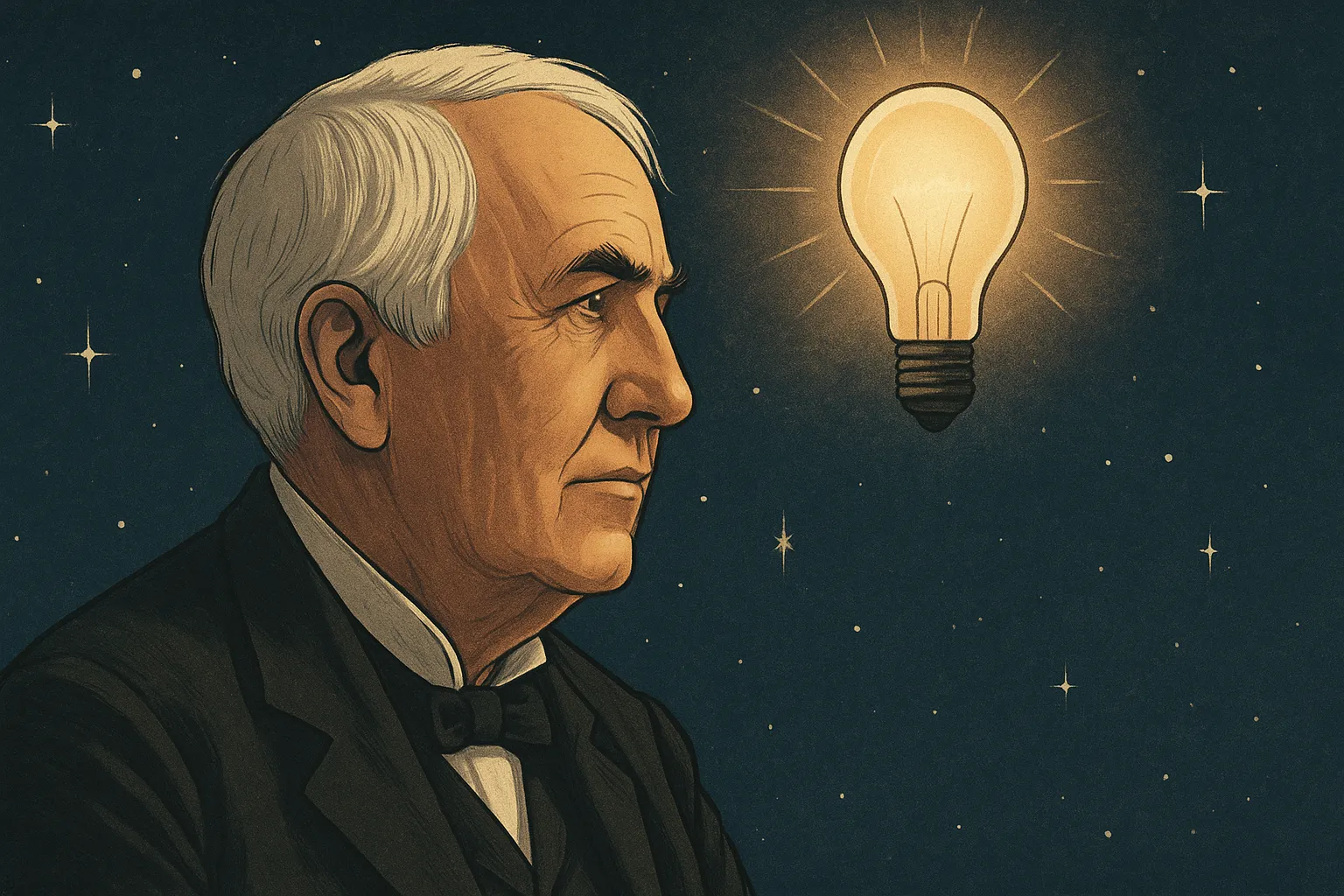
Thomas Edison represents the boundless potential of human creativity and determination. His story is not merely one of gadgets and patents, but of vision and persistence—of seeing the invisible and building what others thought impossible.
He reminds us that great ideas, when pursued with passion and effort, can light up generations.

